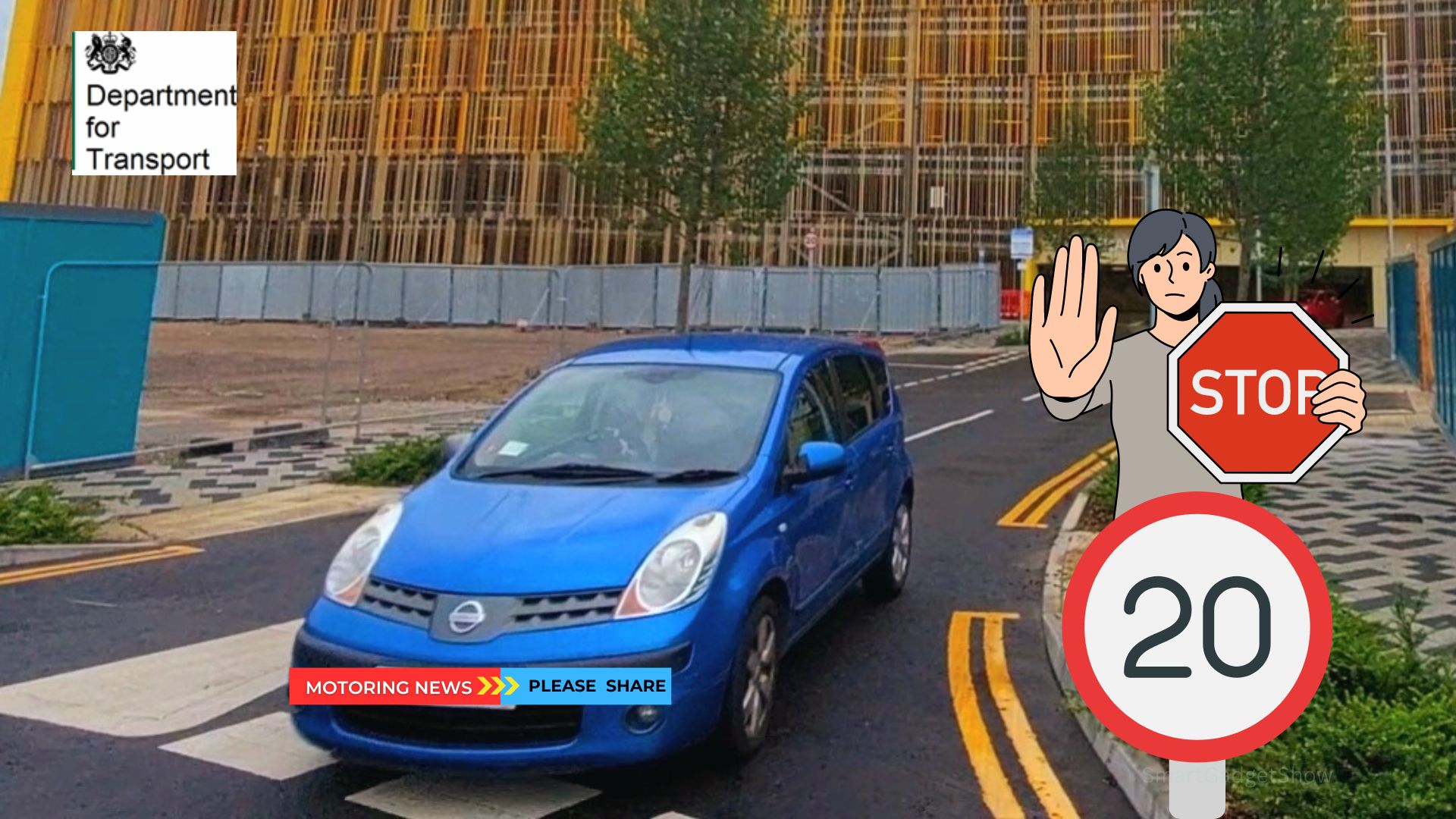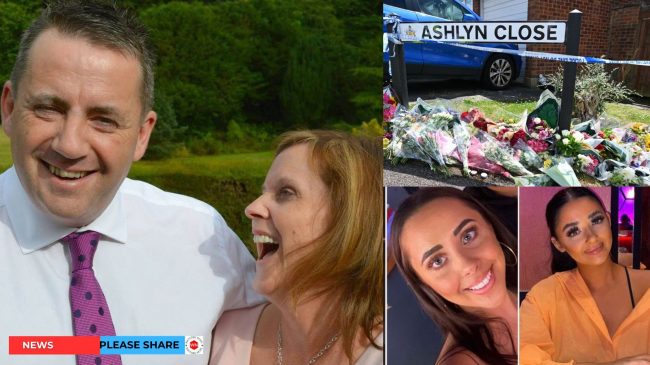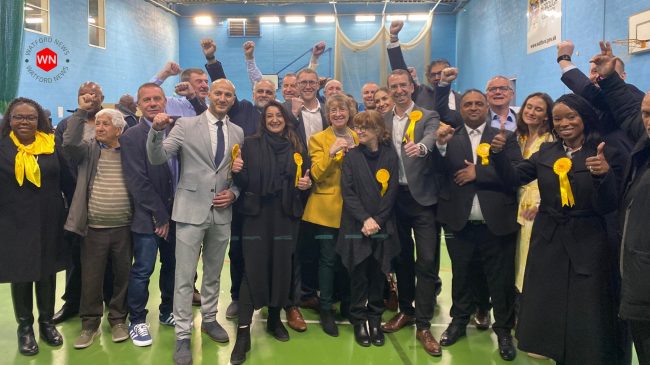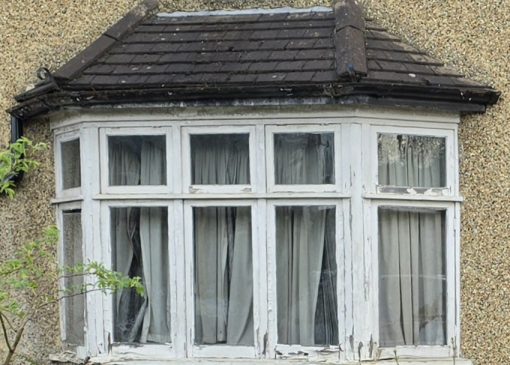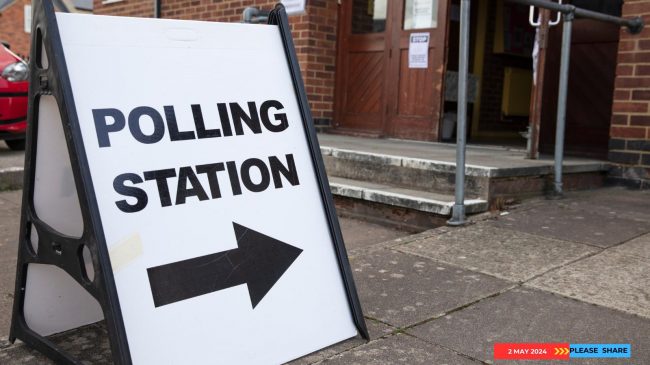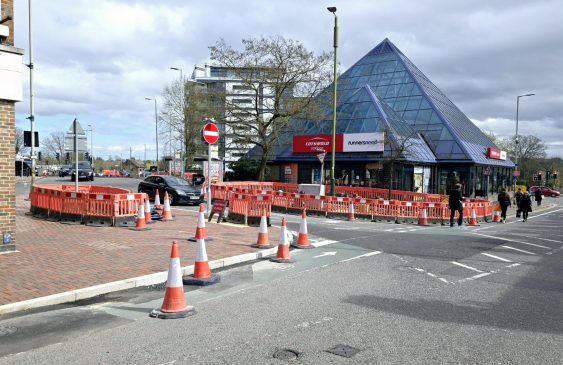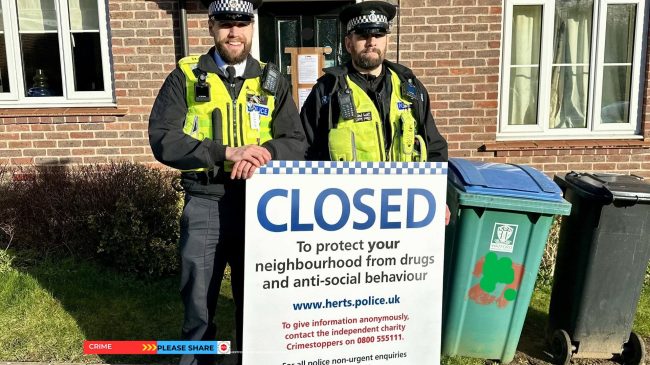CRACKDOWN on ANTI-DRIVER SCHEMES and 20MPH LIMITS Need LOCAL CONSENT FIRST
Motorists are set to benefit from smoother journeys and reduced congestion, with local people getting a stronger voice on road schemes that affect them, thanks to a crackdown on anti-driver road schemes, over-zealous traffic enforcement, and strengthened guidance for councils on 20mph limits. These are among the latest raft of measures to be announced from the Government’s Plan for Drivers.
- Strengthened guidance to ensure Low Traffic Neighbourhoods and 20mph speed limits have support of local people.
- Research published today shows just 18% of people surveyed feel listened to on LTNs.
- Latest step in delivering Plan for Drivers measures also include £50 million to upgrade traffic lights, speeding up journey times.
- Consultations are launching to prevent local councils from turning drivers into “cash cows” by enforcing unfair restrictions.
The Department for Transport has on [Sunday 17th March] published draft statutory guidance for councils on Low Traffic Neighbourhoods (LTNs), setting out that they must gain buy-in from local residents, businesses and emergency services when considering implementing new LTN schemes.
This could involve in-person events, online engagement, and leaflet drops to involve the whole community in the process and will mean that authorities must consider whether an LTN has local support before it is implemented.
The new guidance raises expected standards for LTNs and will come into force this summer when local authorities will be obliged to consider it when shaping new and existing schemes.
Local authorities are expected to follow the guidance and ensure local people support their plans. Recent examples where councils have implemented these schemes without public support have been shown to cause disruption and have unintended negative consequences.
If local authorities fail to deliver sensible road schemes that work for local people they could see future funding withdrawn, and under powers from the Traffic Management Act, the Government could ultimately take control of an authority’s roads where they are deemed to be widely mismanaged.
A consultation will also be launched this summer on measures including the removal of local authorities’ access to Driver and Vehicle Licensing Agency (DVLA) data to enforce such schemes by camera.
Separately, councils have received strengthened guidance on setting 20mph speed limits, reminding them to reserve them for sensible and appropriate areas only – such as outside schools – and with safety and local support at the heart of the decision. Local authorities are expected to consider this guidance, and as with the LTN guidance, this could have implications for the awarding of funding in the future.
The action taken today on LTNs is supported by a wide-ranging review that highlights only 13% of residents have responded to councils’ planning consultations on LTNs, and just 18% feel that their views have influenced council decisions. The report also found that local authorities operating LTNs issue an average of 36,459 Penalty Charge Notices per scheme, with the highest number of Penalty Charge Notices issued for a single LTN scheme exceeding 170,000. That’s why the guidance embeds the need for local support and will ultimately save motorists money.
While the review showed only a quarter of people understood the benefits of LTNs, it also flagged concerns over the impact on disabled residents, high numbers of Penalty Charge Notices, the cost of LTN schemes and even concerns from emergency services that delays to crews caught up in LTNs could “potentially risk lives”. The new guidance aims to prevent councils having to reverse poorly-implemented or locally unpopular schemes – as with recently removed LTNs at Jesmond, Newcastle and Streatham Wells, London.
These measures from our 30-point Plan for Drivers will improve the lives of drivers, shortening journey times and ensuring traffic measures have buy-in from the people they are impacting.
Transport Secretary Mark Harper said:
“We want local people to have their voices heard, and any traffic schemes to have the consent of those they impact.
“Well thought out schemes, like 20mph limits outside schools, can make our roads safer, but we are raising the bar to help ensure all traffic schemes work for everyone in the community.
“We’re on the side of drivers, and these latest measures show we’re getting on with delivering what we promised in our Plan for Drivers – making their lives better, fairer and cheaper, and helping people travel in the way that works best for them.”
Today’s announcement also sees a comprehensive package of other measures designed to put people back in the driving seat. Traffic lights will be upgraded across the country thanks to £50 million – £30 million to replace outdated equipment, and £20 million to reduce poor traffic light performance through innovative technology that responds to live traffic conditions. From Devon to Durham, 80 highway authorities across England will benefit from funding, to improve journey times and reduce congestion caused by red lights.
Consultations are also launching focusing on preventing local councils from turning drivers into “cash cows” by profiting from enforcing traffic restrictions. This includes fines for drivers going into yellow box junctions or parking restrictions. The 8-week call for evidence will seek views from residents and will also quiz local authorities on how money from fines is reinvested.
Local people will have their say on whether they think enforcement is currently fair or believe authorities should be restricted in their traffic enforcement powers, and the findings will inform future government decisions on restricting authorities. As with LTNs, the government will also look at restricting local authorities access to third-party data, such as the DVLA database, for enforcement purposes.
At the moment, restrictions on bus lane use are too rigid, creating delays and causing regular fines for drivers. New guidance on bus lanes has also been issued today, to make sure they only operate when it makes sense, like when traffic is heavy enough to delay buses. This will prevent drivers being hit with unfair fines. A consultation will also be launched to look into whether motorcycle access to bus lanes should be standard, a further initiative to reduce congestion and speed up journey times.
Further measures announced today include publication of new guidance making it simpler and easier for councils to charge utility companies who slow down drivers with street works and a consultation aiming to shake up motor insurance will also be launched to prevent those caught without it from claiming property damage from the Motor Insurers’ Bureau.
Nuisance boy-racers who illegally modify their exhausts and disturb our streets are also being targeted. New research reveals the success of noise cameras in cracking down on illegally modified exhausts and anti-social drivers. The research will be used to encourage local authorities to install noise cameras after successful trials in Bradford, Birmingham, Bristol and Great Yarmouth.
Our Plan for Drivers has already delivered measures to crackdown on disruptive streetworks, cutting traffic and anticipated to generate up to £100million over the next ten years. It has also launched grants for schools to accelerate the rollout of electric vehicles chargepoints, making it easier for drivers to make the switch. A record £8.3 billion has also been pledged over the next ten years for road resurfacing, made possible by reallocated HS2 funding, to improve the condition of British roads and speed up journey times.
